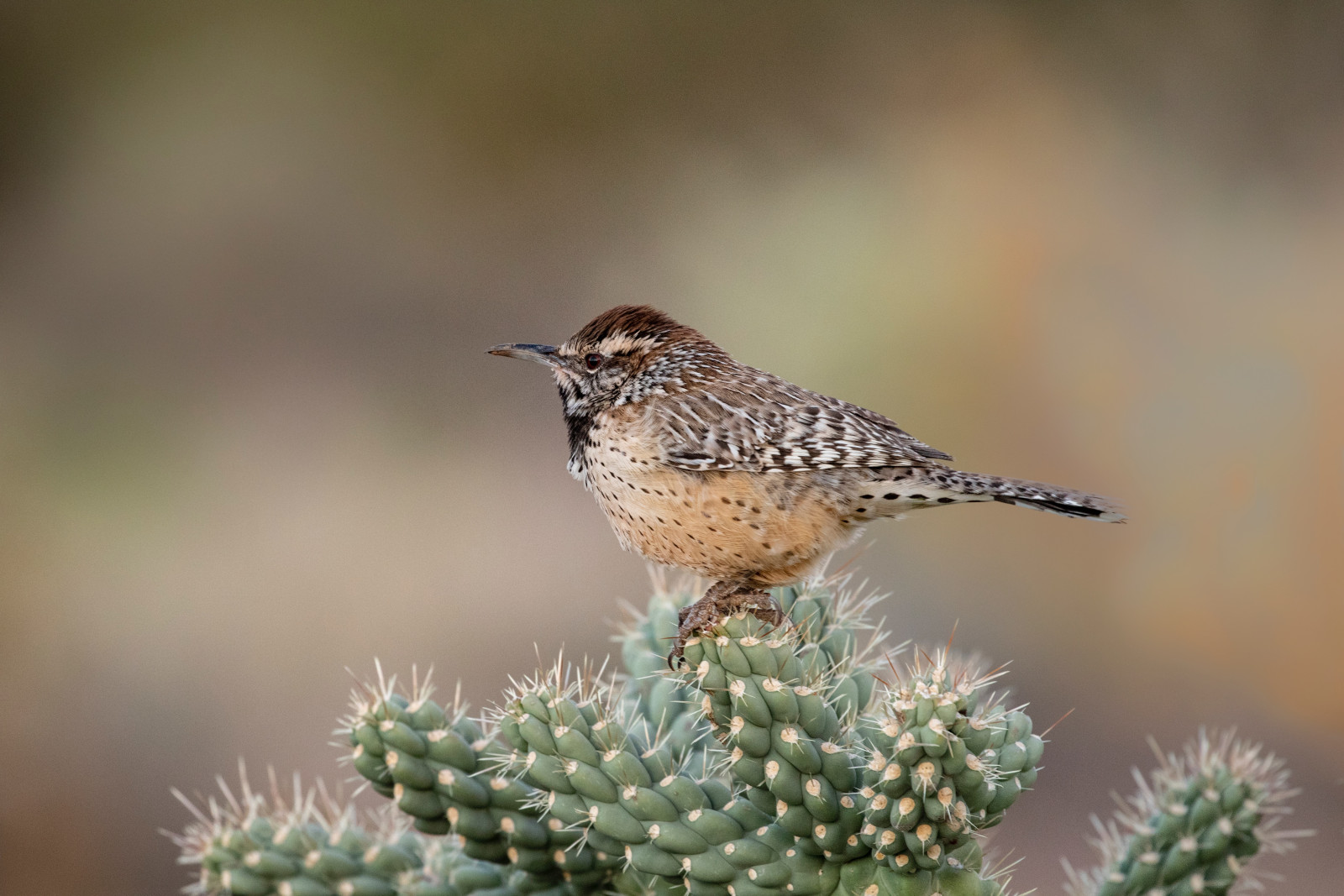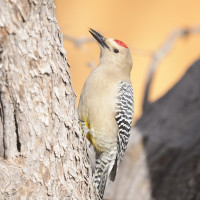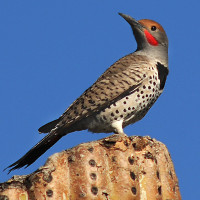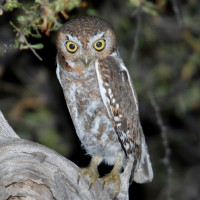Opis
Saguaro National Park is 92,000-acre (37,000 ha) park in southeastern Arizona. It protects desert landscapes, fauna, and flora, including the giant saguaro cactus. The saguaro is the universal symbol of the American west. These majestic plants, found only in a small portion of the United States, are protected by Saguaro National Park, to the east and west of the city of Tucson. Here you have a chance to see these enormous cacti, and the birds associated with the desert environment and cacti. The Cactus Forest Trail that starts on the outskirts of Tuscon is an easy way to explore a small part of the area. Among the birds you can encounter are Elf Owl (on and in saguaro cactus), Gilded Flicker, Ladder-backed Woodpecker, Gila Woodpecker, Cactus Wren, Gambel's Quail, Greater Roadrunner, Verdin, Black-tailed Gnatcatcher, Pyrrhuloxia and Lesser Nighthawk.
Szczegóły
Dostęp
Saguaro National Park has two districts geographically separated by the city of Tucson. The Rincon Mountain District (RMD) is often referred to as Saguaro East, while the Tucson Mountain District (TMD) is often referred to as Saguaro West. The Cactus Forest Trail is located in Saguaro East and starts on the outskirts of Tuscon. Click on the P in the map for directions or coordinates. The indicated trail on the map is about 3 km and starts from the parking lot. You can easily extend the walk. Make sure you always take enough water with when walking in Saguaro National Park.
Teren i siedlisko
Pustynia , Rzadkie drzewa i krzewyWarunki
PagórkowatyTrasa dookoła
TakCzy luneta będzie przydatna ?
Może być przydatnaUdany sezon obserwacyjny
Przez cały rokNajlepszy czas na wizytę
WiosnaTrasa
Szeroka ścieżkaPoziom trudności szlaku pieszego
Średnio wymagający spacerDostępne
PieszoCzatownia/platforma obserwacyjna
NieDodatkowe informacje
Photo Saguaro National Park by Joe Parks, CA, CC BY 2.0 <https://creativecommons.org/licenses/by/2.0>, via Wikimedia Commons
Photo Gila Woodpecker by Andy Reago & Chrissy McClarren, CC BY 2.0 <https://creativecommons.org/licenses/by/2.0>, via Wikimedia Commons

.jpg)





